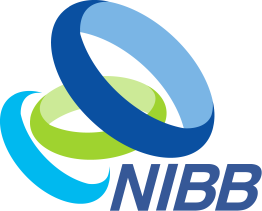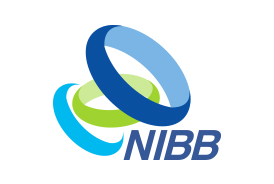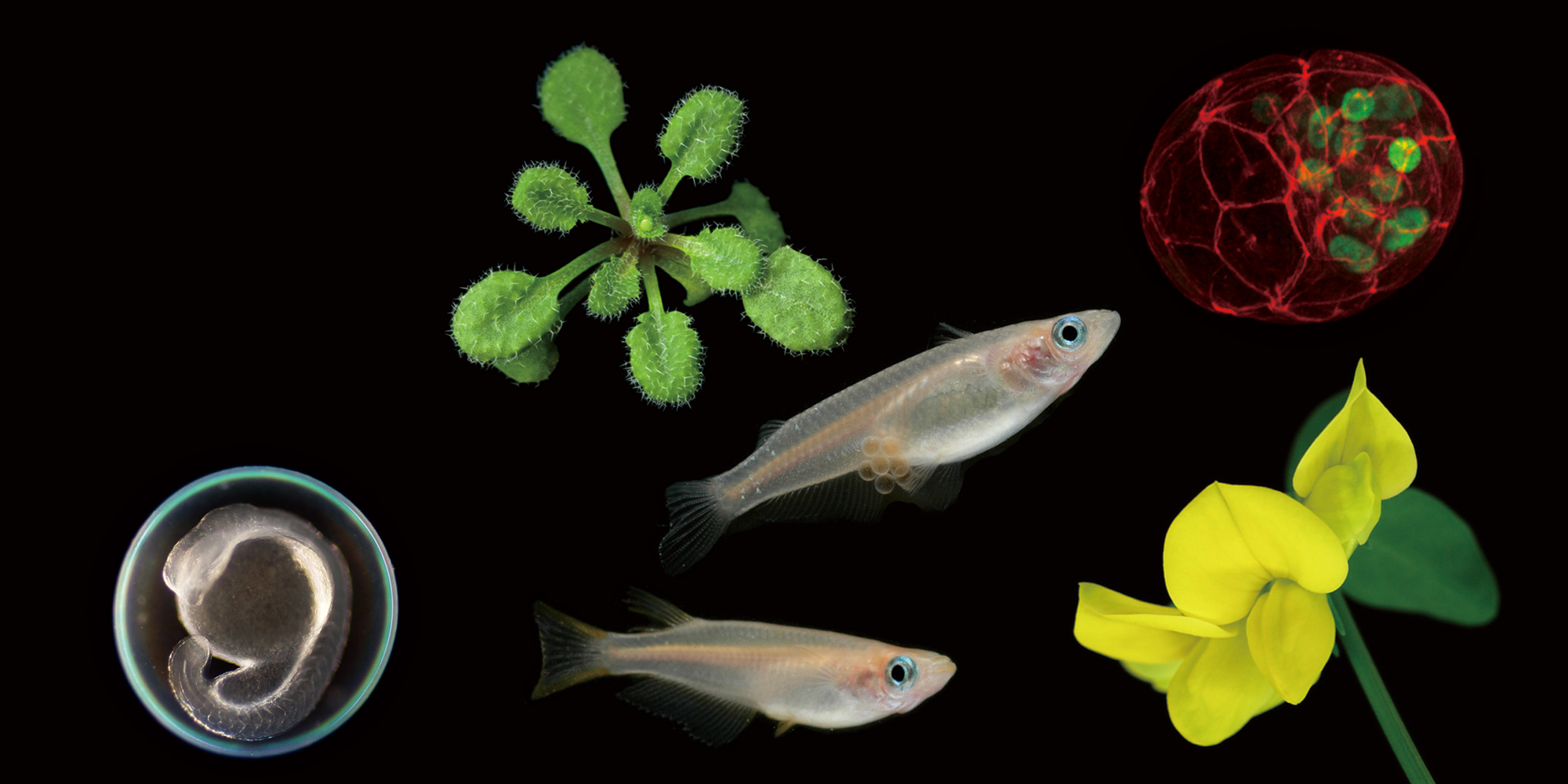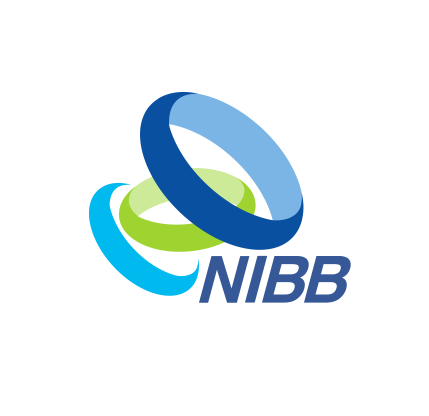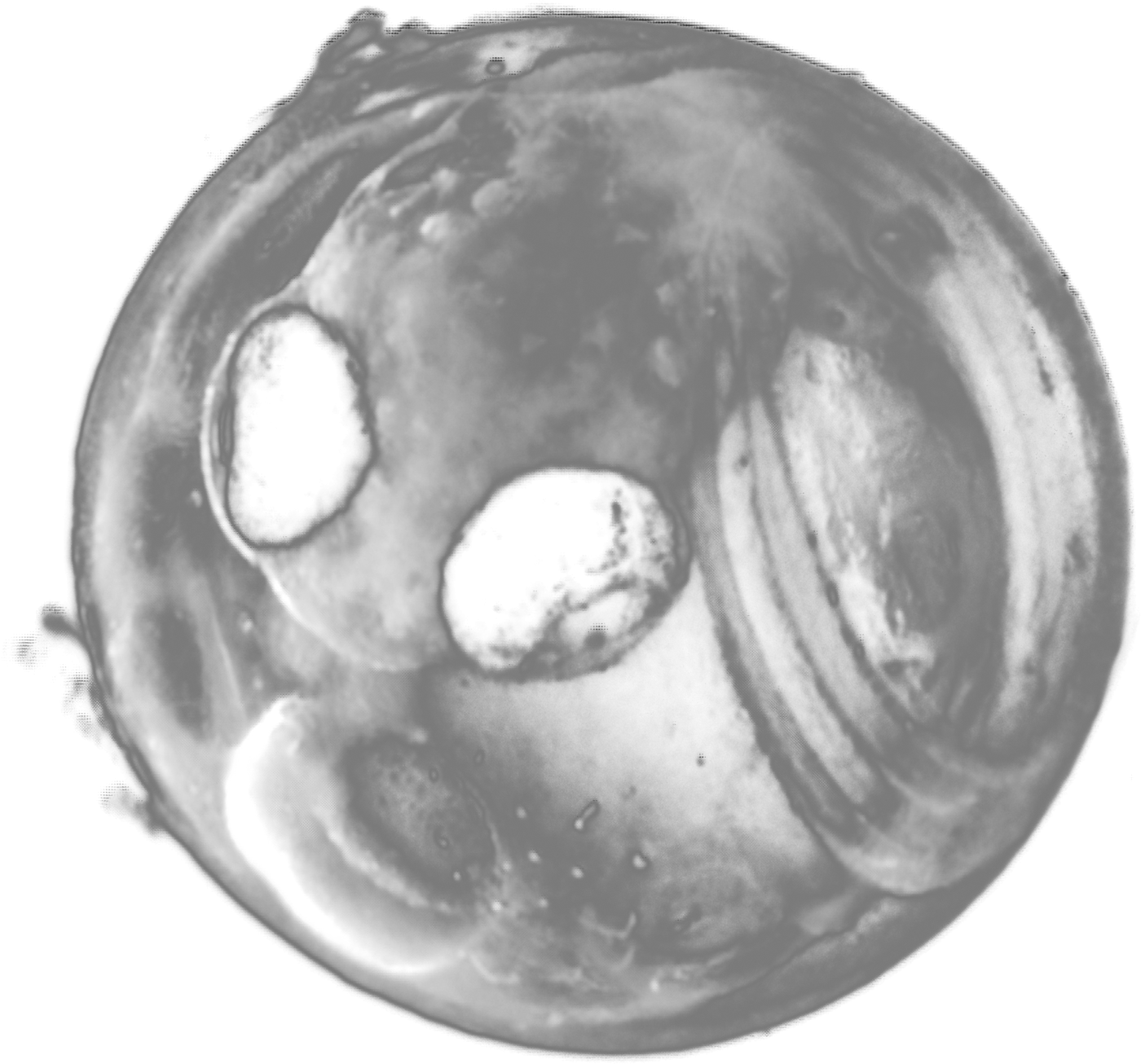2016.09.23
Virology meets Proteomics: Understanding human organelle remodeling in space and time during viral infection
Prof. Ileana M Cristea (Department of Molecular Biology, Princeton University, USA)
2016. 09. 23 (Fri) 16:00 ~ 17:30
Seminar Room 1, Myodaiji (132-134)
Naoto Ueno, Division of Morphogenesis (7570)
The research of my laboratory focuses on understanding viral infection from a proteomics perspective. We use a multi-disciplinary approach that integrates modern mass spectrometry-based proteomics with virology, genetics, microscopy, and bioinformatics to generate a systems biology view of infection. These approaches have allowed us to bridge developments in mass spectrometry to critical findings in biology. We defined novel cellular mechanisms used in defense against viruses, as well as mechanisms used by viruses to inhibit or hijack host cell processes. This presentation will highlight approaches for studying proteome changes in space and time and for defining protein interactions of stable or transient nature, which we have applied to studying aspects of virus infection.
Viruses and cell hosts have established complex, dynamic interactions that function either in promoting virus replication and dissemination or in host defense against invading pathogens. Thus, viral infection triggers a drastic transformation in intracellular proteomes. The organelles within a eukaryotic host are manipulated by viruses to support successful virus replication and spread of infection, yet the global impact of viral infection on host organelles is poorly understood. Integrating microscopy, sub-cellular fractionation, mass spectrometry, and functional analyses, we conducted a cell-wide study of organelles in primary fibroblasts throughout the time course of human cytomegalovirus (HCMV) infection. Using label-free and isobaric-labeling proteomic approaches, we characterized nearly 4,000 host and 100 viral proteins, then classified their specific subcellular locations over time using machine learning. We observed a global reorganization of proteins across the secretory pathway, plasma membrane, and mitochondria, including reorganization and processing of lysosomal proteins into distinct subpopulations and translocations of individual proteins between organelles at specific time points. We also demonstrate that MYO18A, an unconventional myosin that translocates from the plasma membrane to the viral assembly complex, is necessary for efficient HCMV replication. This study provides a comprehensive resource for understanding host and virus biology during HCMV pathogenesis.
